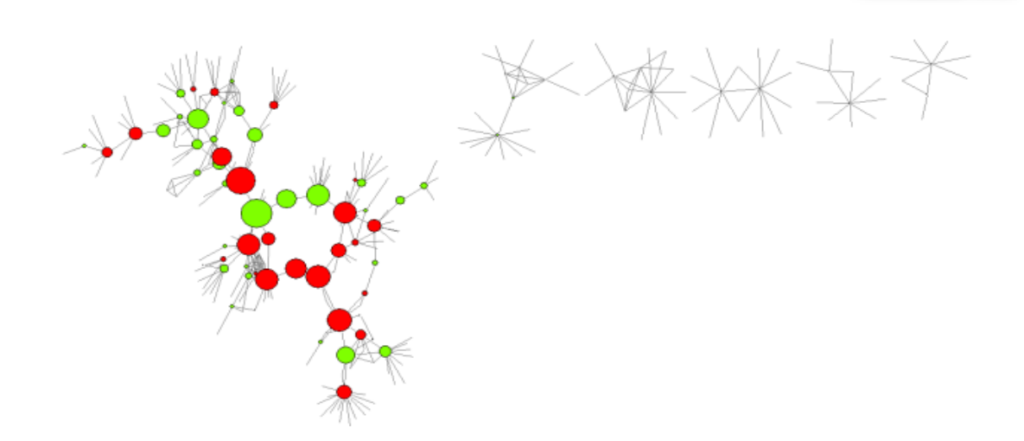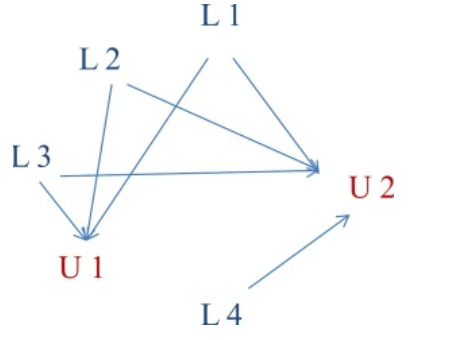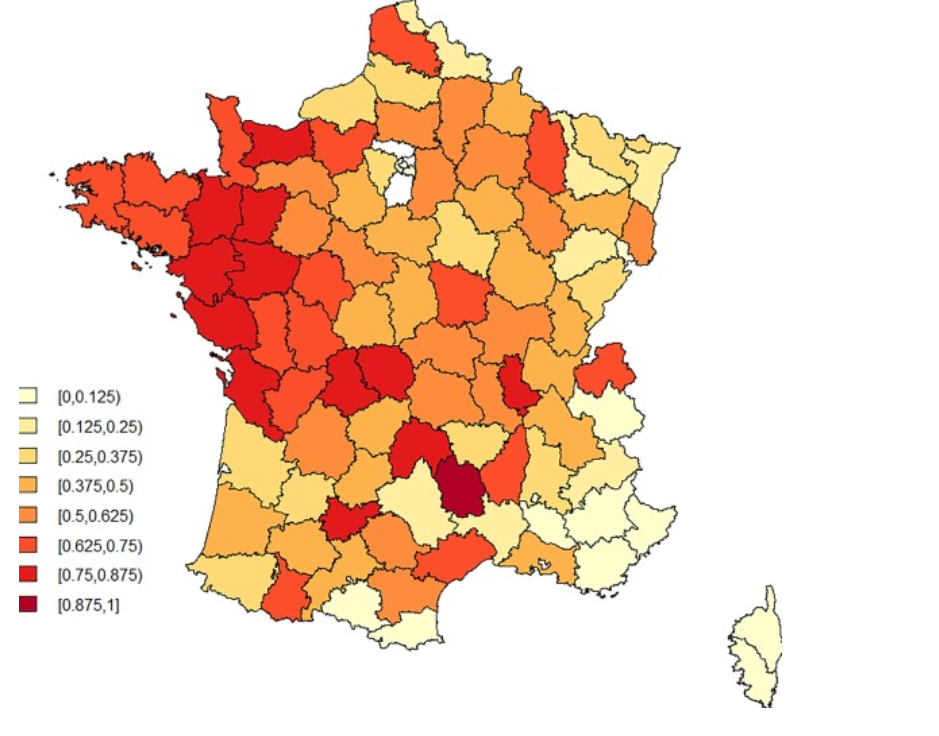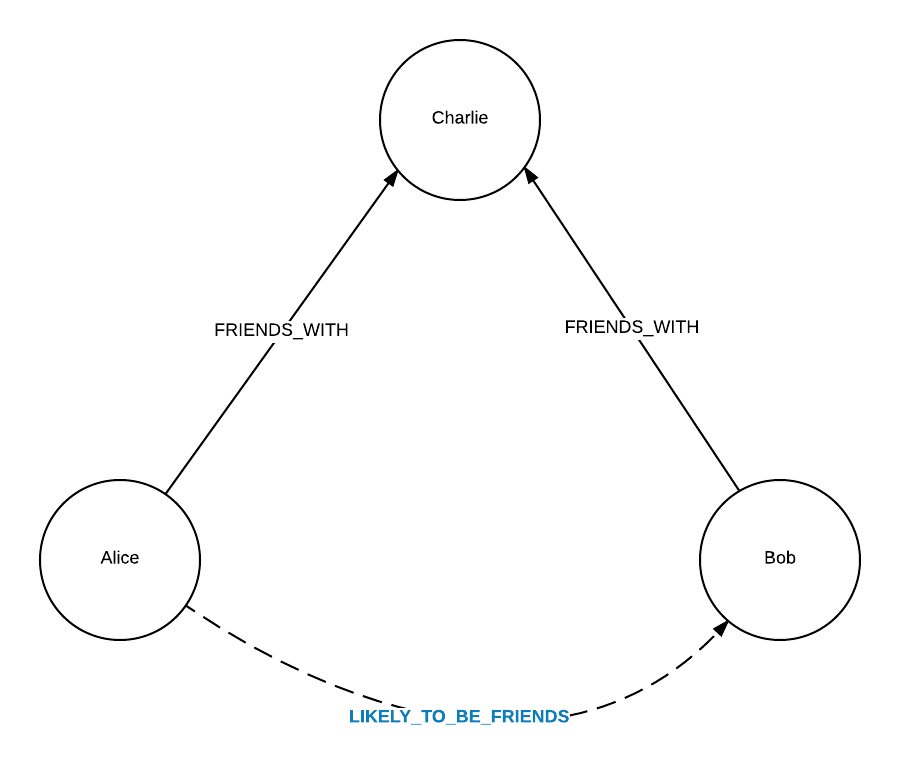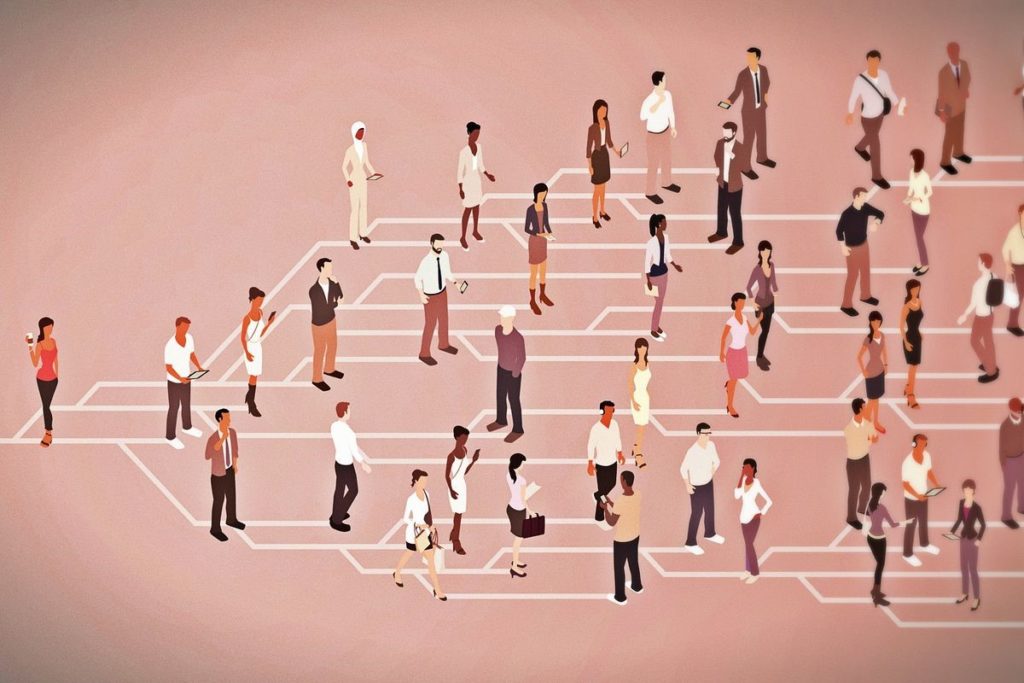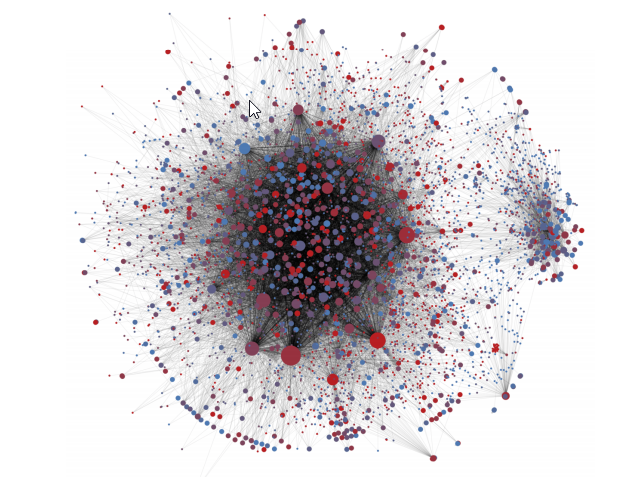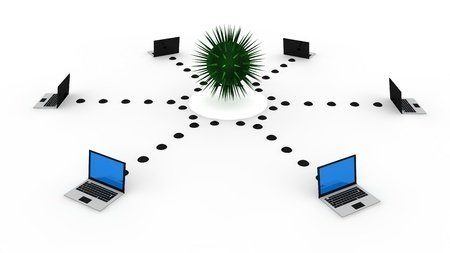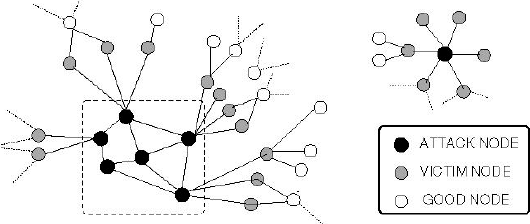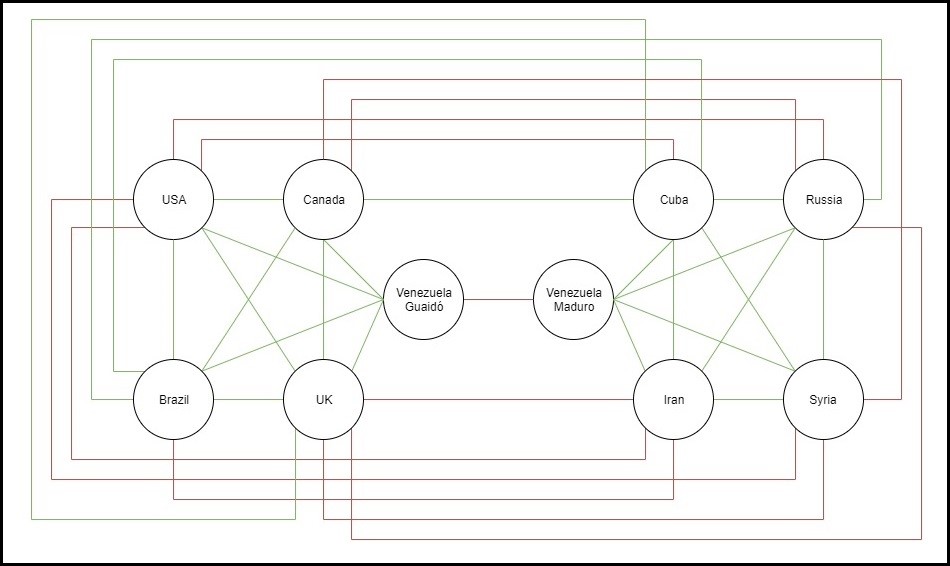Zuck: Yeah so if you ever need info about anyone at Harvard
Zuck: Just ask
Zuck: I have over 4,000 emails, pictures, addresses, SNS
[Redacted Friend’s Name]: What? How’d you manage that one?
Zuck: People just submitted it.
Zuck: I don’t know why.
Zuck: They “trust me”
Zuck: Dumb f*cks
– Mark Zuckerberg, CEO of Facebook [1]
That quote is only tangentially related to what I’m going to talk about, but I feel it is not mentioned nearly enough. Social media has been largely blamed for the divide in the United States, and the rise of Nationalism all around the world. While some argue social media giants are either incompetent or complicit in the divisions they are causing, I feel it is far more likely a natural progression of business, social networks, and human nature.
=== It’s all about the Benjamin’s baby! ===
Thanks to draconian laws in the United States, money is an expression of freedom of speech, and companies count as people. In practice, this means Exxon Mobil, with its $30 million dollars in lobbying, gets more votes than you do (which is why the US still has a climate change denial problem) [2]. These allow the “motivated reasoners” to exist. They are people in a social network who have decided (for one reason or another) what they believe, and will not be swayed. They share information (blogs, new articles) constantly, and only share things that promote what they believe in. Since money is an expression of free speech, you can pay anyone to be a megaphone for what you want people to believe, and no one can stop you.
A less important note that is still related to money: social media companies are just that, companies. They need to push for profits, and we the people have spoken with one voice: “give it to us for free or we won’t use it.” As a result, we are the product, and Facebook sell advertisements. Social media needs to push for high user engagement, so they can sell ads that people will see. Alright that covers the business, let’s get to the fun.
=== Your taste is trash ===
As Mark is in need of a 3rd mansion, he needs the company to pad the bottom line. User engagement is the bread and butter, and social media companies have learned the golden rule of grabbing our attention: appeal to our negative emotions [3]. While news in movies will often be “local cat taken down from tree safely,” in reality, there has been a massive shift towards more negative, eye catching headlines. Because these are the article users are more reactive too, and engage most with, algorithms will push these types of news. It is just a natural progression, and not necessarily because they want to watch the world burn, although I wouldn’t put it past them.
=== It’s only natural ===
And now finally the source of this blog post:
When facts fail: Bias, polarisation and truth in social networks[4]
In this 2018 paper published by Cornell University, the researchers set out to find out why we end up so divided. They generated a random graph of “agents,” (people who send and receive information on the social network), with some set of edges connect agents to connect the whole graph. The model looks at a single, simplistic version of a statement, like “global warming is real and man made,” and each agent was assigned a 1 or -1 to start (at random), 1 representing agreement with the statement, -1 disagreement. Some percentage of the people were assigned “motivated reasoners,” they will not change their starting belief. The model then evolved the network overtime in discrete “timesteps”. At each timestep, every agent sends out a signal (1 or -1), to all their neighbours. A person’s belief is now based on a Bayesian representation of the signals they have received. The researchers let it run:
“Our results showed that in every case, motivated reasoners came to dominate the conversation, driving all other agents to fixed opinions, thus polarizing the network.”[5]
It is the only natural progression of social networks to make the truth unobtainable. If you ended up surrounded by motivated reasoners, you would believe whatever they tell you to believe. Keep in mind, real world networks are balance (either weakly or strongly), and in those networks, you already have an established web of trust with new sources or you friends. This is how you end up in an echo chamber, where you only hear opinions you agree with. The paper concludes:
“We show that this simple confirmation bias mechanism can generate permanent opinion polarisation. Furthermore, the model results in states where unbiased agents behave “as if” they were biased, due to their biased neighbours effectively functioning as gatekeepers, restricting their access to free and diverse information.”
A motivated reasoner doesn’t need to convince you, just someone in your coalition, and the network will do the rest for him. The algorithm puts coalitions into like minded groups, pushes dissimilar content to each, and thus a divide grows wider and wider. The algorithm increases engagement with more divisive content, the network owner gets richer, truth becomes perspective, and society falls apart at the seams.
Sources:
[1] Zuck-man-sam quote: https://www.businessinsider.com/well-these-new-zuckerberg-ims-wont-help-facebooks-privacy-problems-2010-5
[2] ExxonMobil wants to watch the world burn:
https://www.scientificamerican.com/article/exxon-knew-about-climate-change-almost-40-years-ago/
[3] Being sad is fun and profitable: https://www.pnas.org/content/116/38/18888
[4] When facts fail: Bias, polarisation and truth in social networks
By Orowa Sikder, Robert E. Smith, Pierpaolo Vivo, Giacomo Livan
26 Aug 2018
https://arxiv.org/abs/1808.08524
[5] Robert E. Smith Op-ed: https://www.azcentral.com/story/opinion/op-ed/2019/09/08/social-media-bias-blame-algorithms/2208612001/

